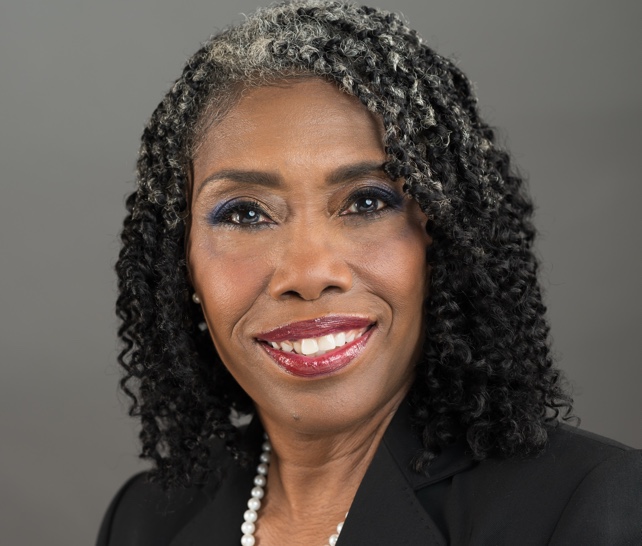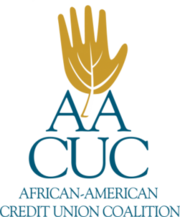The credit union difference – the driving force behind our movement.
These are the first words we utter in our thirty-second elevator pitch to answer the age-old question, “What’s the difference between a credit union and a bank?”
When we talk about the credit union difference, we offer a variety of ways that set credit unions apart from other financial intuitions. We tout our not-for-profit, cooperative model and we emphasize that credit unions put people over profits. We reassure our audiences that credit unions return their earnings to their member-owners. Ultimately, we work very hard to say: “We are not like them, we are different.”
But what is it that makes us different? Is our difference limited to the products and services we provide? Against what backdrop are we measuring our difference?
Credit unions are different because they were founded on cooperative values. The credit union difference goes far beyond reduced fees, savings rates, and loan rates. When credit unions measure themselves, by themselves, or by other financial institutions, we do our movement and our members a huge disservice.
Service and Benefit Above All Else
Credit unions are different when they embody the cooperative principles, placing service and benefit to all members above all else. The seven cooperative principles are the guiding light for credit unions. They keep our organizational values focused on self-help, self-responsibility, democracy, equality, equity, and solidarity.
Our world has drastically changed since 1844 when the Cooperative Principles were established. It is important that credit unions consider how these principles should be applied to best serve the ever-changing needs of their members and communities.
We are living in a time when the people we prioritize over profits are grappling with the realities of social injustice and economic disparities. Credit unions have a built-in responsibility to serve and to create more diverse, equitable and inclusive communities. Our cooperative movement should adoptthe 8th Cooperative Principle, created by Maurice R. Smith, that affirms diversity, equity, and inclusion (DEI) as an ideal that should be pursued.
Credit unions that support DEI as a shared credit union cooperative principle are different.
Going Beyond the Call
Credit unions were established to promote thrift for provident purposes, and they have fulfilled that call since the first credit union was established in 1909. In recent memory, credit unions used their collective, cooperative superpowers to come to their members aid during the COVID-19 pandemic. We still hear countless stories about how credit unions support their local communities and promote financial wellbeing for their members.
If we already support our members financially, what other ways can we show them that their voice matters? I believe the answer to that question goes beyond the products and services credit unions provide.
As cooperatives, credit unions have a social purpose. Part of that social purpose is to fill the gaps that for-profit businesses often ignore. This includes access to affordable credit and banking services, particularly in communities that are struggling the most.
Credit unions can do more to stop the widening of the wealth gap and create more paths to financial wellbeing. This charge is not limited to community development credit unions but includes those without the designation. Collectively, credit unions can be the anchor that stabilizes our communities by providing access to capital.
To be different, credit unions must go beyond the call and lean in.
Measuring Ourselves, By Ourselves
A word of caution: we cannot allow our firm belief in the credit union difference to create a self-righteousness service model. When credit unions measure themselves, by themselves, they run the risk of painting an unauthentic picture of the impact they may- or may not- be making.
While there are many things that credit unions get right, there are many things that we need to improve upon. For example, DEI and service to communities of color are two big areas that credit unions are still struggling in. We still have a lot of work to do, but one thing we can do is look beyond our immediate professional circles for examples of what an inclusive service model looks like.
Exclusive, and self-righteous, service is selective of whom to serve. But inclusive, and selfless, service is built around service to all people, not just a select few. As cooperative credit unions, who serve over 120 million members, we don’t get to choose who should and shouldn’t be served. If we lean into the eighth cooperative principle, and embody an inclusive service model, we can begin to chip away at the iceberg.
Until we wholeheartedly adopt DEI into the framework of the credit union service model, we will not be much different than other organizations or financial institutions.
Let’s expand our understanding of the credit union difference. We can get creative and find new things that make us different, competitive, and valuable to the diverse group of members that we serve.








